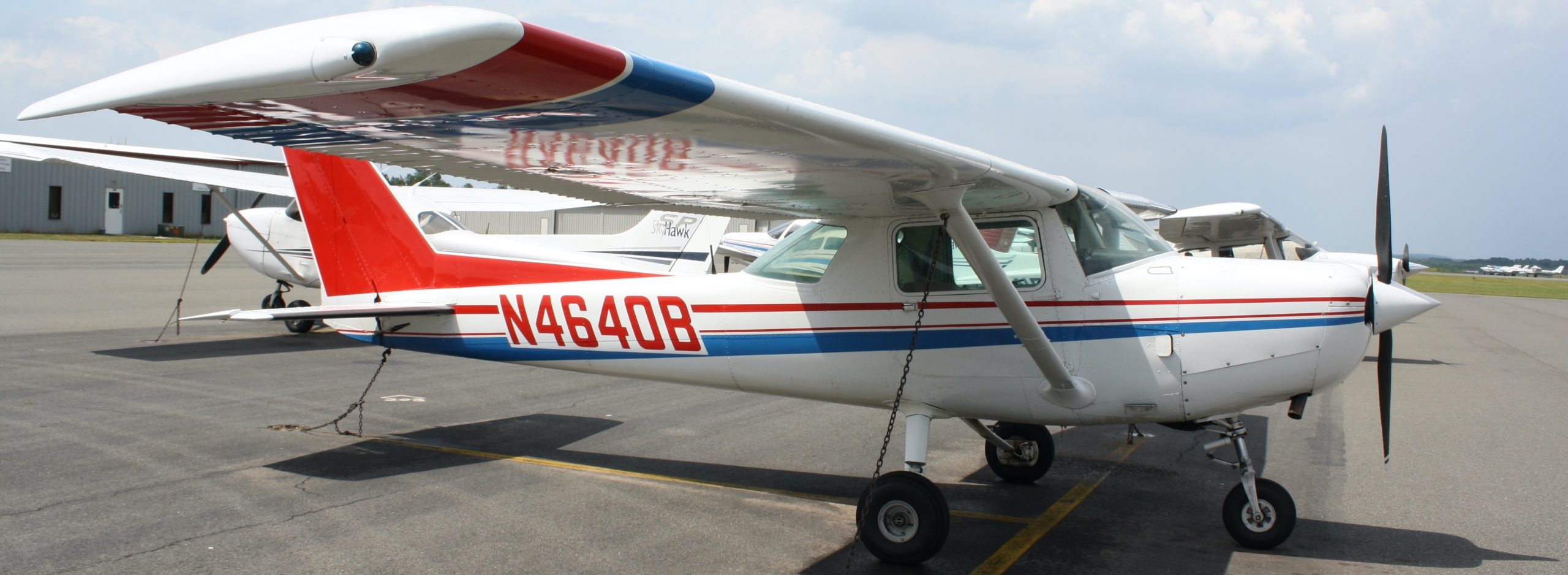The sad but true fact of staying proficient is that it’s expensive to invest in practice flights to consistently remain as good as or better than you were at the time of your check ride. Lets face it — most people in the club fly fewer than 8 hours a month. With that amount of flight time there are going to be items you forget and procedures at which you become less adept and situations in which you become slow to react. Try not to allow yourself to fall into the all-so-common trap of over confidence just because you performed these tasks without flaw 6 months ago.
There are methods of maintaining safe standards of proficiency while having a moderate amount of flight time. 1- Get an instructor to take 2 – 1 hour flights a week apart every two months and have him/her scrutinize your mistakes more than usual. 2 – Ask for notes on your mistakes so you can review them for constant reminders on your shortcomings. If your’re instrument rated at least 2 hours a month in actual IMC with another instrument pilot or an instructor is recommended. 3 – At home you can review charts for symbology and, as silly as it may sound, try chair flying an instrument approach, reviewing checklists and descent procedures. Remember the occurrence rate of C.F.I.T. (controlled flight into terrain) accidents.
Be aware of and accept the fact that your personal minimums will and should decrease as well as increase. A pilot should recognize when help is required for progress or to remain proficient, no matter what your total flight time, because “a good pilot is always learning.”
Reference: Listening to “Old Timer” pilots with thousands of hours of flight time (and gray hair) who did not get to that age and acquire that amount of experience by good luck alone.
* Note from the Chief Flight Instructor:
As John Hunter teaches in his ground schools, safety correlates not so much with total flight time as with recent flight time and in type. If you have not flown regularly and have not flown much in the airplane you are flying today you may not be as safe, at least statistically, as your abundant flight time might suggest. We all endure periods of less flying activity for whatever reason. Simply keeping one’s head in the game by reading and thinking about flying will do much to sustain proficiency over those periods of inactivity. Having watched people return to flying after a long hiatus, I have observed that those pilots who learned the fundamentals properly at the outset and are willing to use a checklist find the road back to proficiency relatively painless. Absent those two qualities, the road can be bumpy.
These safety tips are provided by the WCFC Safety Committee. They are intended to stimulate thought and discussion about flight safety and do not necessarily represent club policy nor are they intended to replace instruction from a qualified instructor.
